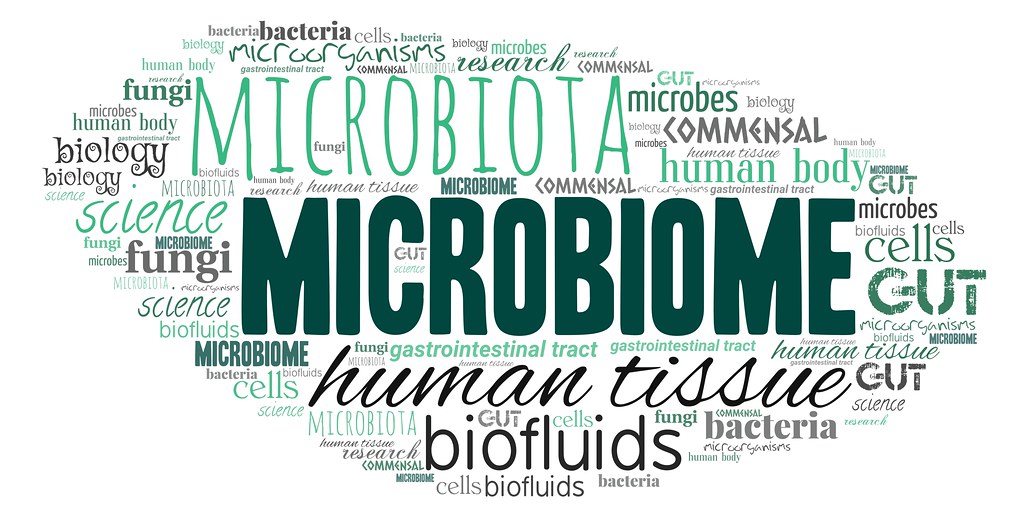Currently, meats, eggs, and dairy are crowded with labels like free range, cage free, and pasture-raised, but these claims can be confusing and in some cases, misleading. Without some regulation, the labels are often open for interpretation, meaning ethical consumers have quite a bit of homework to do to understand the conditions of the animals prior to their death or production of dairy.
Kevin Seibert, CEO of Tecumseh Poultry, spoke up on the issue:
Organic and Certified Humane are meaningful claims, but they are diluted by the plethora of claims that identify only a part of the organic and certified humane standards.
New Standards Could Help Clear Things Up
Recently, new standards have been proposed to help ensure animals live humane lives before their slaughter, and that individuals are aware of what conditions they lived under.
The USDA (US Department of Agriculture) must approve the proposal for it to go into effect, as they currently oversee the organic program.
Under the new set of standards, for products to be labeled humane, farmers must give their chickens a certain amount of space and hogs must be housed together and not in individual stalls. Animals should also be allowed outside on most days, weather permitting.
The Organic Trade Association (OTA) is hoping to use the organic label to let consumers know their animal products are not only fresh, but also more humane than the non-organic products.
However, conventional farmers worry that this labeling will further alienate them from the market. As the push for organic products grows, farmers worry that they will be unable to keep up. Many also assert that concern over animal welfare is not unique to organic farmers and that they, themselves, also want to ensure that their animals live the best lives possible.
The new standards will be finalized by the end of next year, which will help consumers better understand where their food comes from, though it is expected to create a further divide between organic and conventional farmers.
This article originally appeared at Natural Society.
















